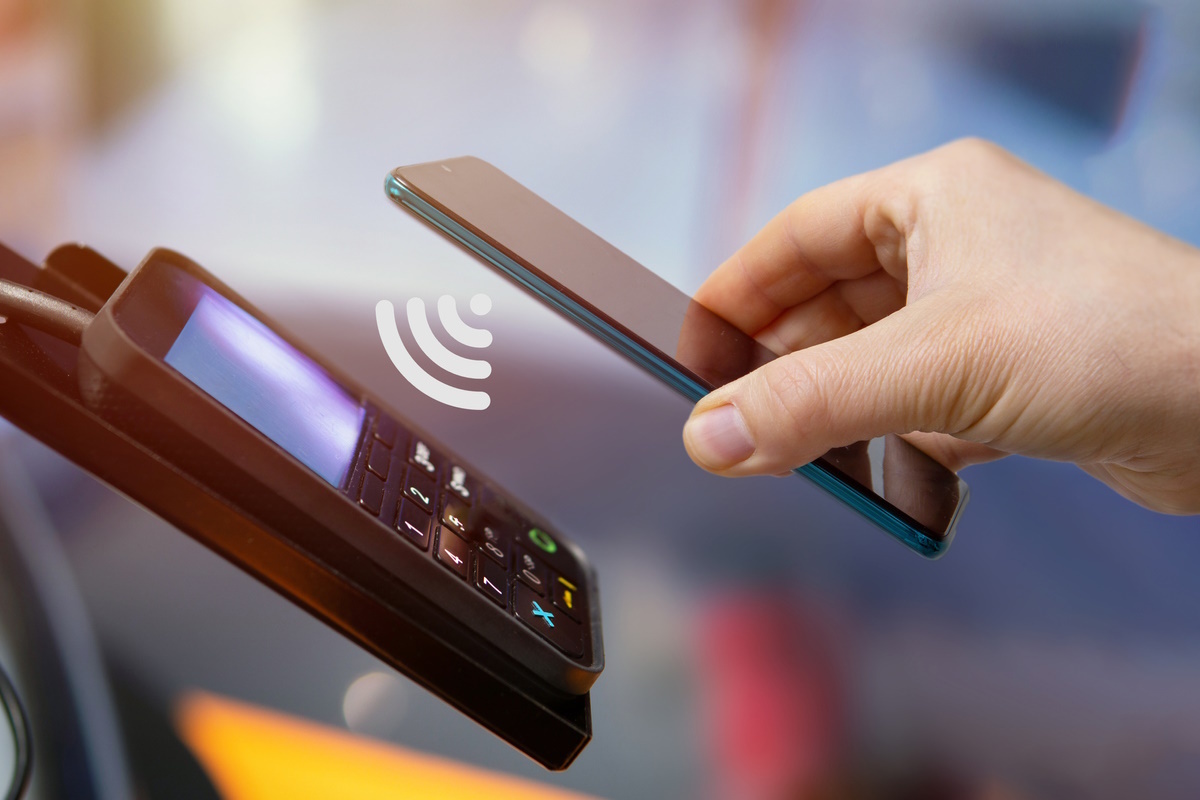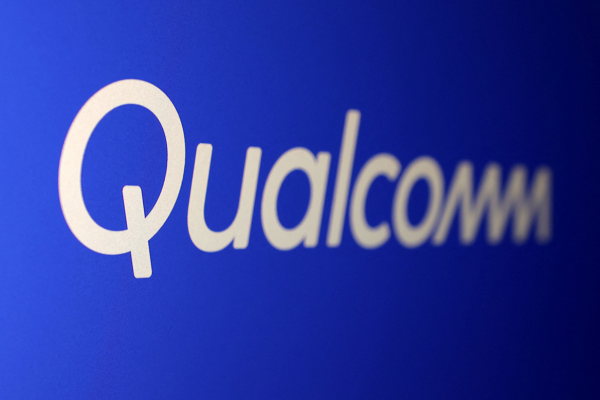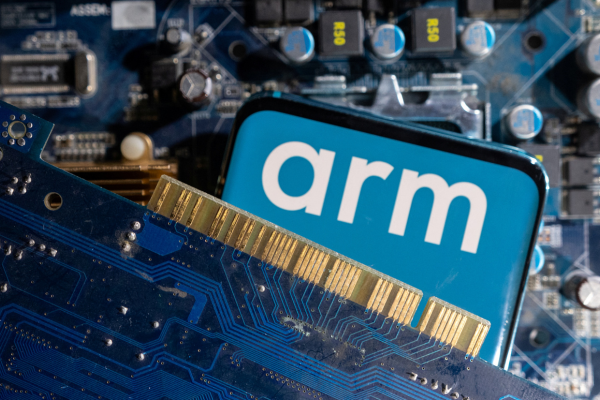NFC and the death of the QR code

The world is ditching QR codes. James Garner at Sticky explains why.
The economic headwinds facing physical space businesses are well understood and Deloitte’s recent Retail Trends 2023 highlights several technologies that could help businesses fight inflation and rising operating costs.
Some of these are widely publicised - think AI and LLM (large language models). But more immediate answers are needed if businesses want to see a fruitful ROI from their physical stores and venues this summer.
Transforming physical spaces
In the rush to expand into D2C ecommerce, grow communities and exploit channels like TikTok and Instagram, businesses are leaving significant real-world conversion opportunities on the table.
Deloitte says that new technology will be crucial to capitalise on these opportunities and that the “demand from consumers for physical experiences will force businesses to offer immersive, technology-filled stores as standard”. Yet the emphasis on immersive experiences suggests that only high-spend interactions can impact revenue.
I disagree. There are plenty of affordable, technology-led approaches that can transform the consumer experience and generate sales.
We saw one example during the pandemic when the hospitality sector used QR codes and apps for "order and pay". Table service was not optional - it was mandated.
While this was adopted by some consumers under the circumstances, there were limits to what the technology could achieve. It was insecure (anyone could print a QR code) and introduced friction, making people download multiple venue-specific apps, create accounts and enter card details repeatedly.
The pandemic showed that digital tech could be incorporated into physical spaces to improve service and make consumers happy – but it didn’t lead us to the optimal approach because QR codes are not a good revenue-generating technology.
A new level of convenience
Near Field Communication (NFC) – the technology behind every contactless payment – and software built for physical spaces rather than the open web – solves the friction encountered when using QR codes, apps and websites. It makes interactions and payments happen in 10 seconds or less.
Deployed at strategic points, NFC stickers enable businesses to securely turn any aspect of any physical space into a point of sale, without making consumers download an app, use their camera or rely on high connectivity. NFC makes interactions as simple as a "tap" – a behaviour consumers already know.
This approach allows consumers to choose and pay for products there and then rather than queuing for checkout, simply by tapping their phone against a sticker. Not only are these interactions quick, but they don’t require a business to invest in any additional hardware like kiosks or tablets.
NFC doesn’t need to be confined purely to payments. A single tap on an NFC sticker can show a TikTok-style video about a product, give a personalised discount or instantly launch a game for kids. By deploying the tech across their physical spaces, businesses also gain a valuable opportunity to upsell and cross-sell without QR codes, payment terminals, apps or another loyalty scheme.
At Sticky, we’ve used NFC to double engagement and transform revenue in leisure and retail environments across 30 countries, with more than a million taps to date. We’ve also enabled businesses to use the technology in place of point-of-sale or terminal solutions, saving them thousands of pounds.
Commercialising every physical space
Although NFC is commonplace today inside the card machines we all know, through this single and narrow application businesses are missing the opportunity to commercialise their physical spaces and overcome their economic headwinds.
The industry debate around frictionless experiences has focused on using expensive tech solutions to rethink physical spaces, whilst using QR codes to deliver better customer engagement in the meantime. NFC has flown under the radar despite its immediate and practical applications, and despite its obvious benefits over QR codes as a way to make more money.
It’s time for businesses to think creatively about using NFC to make every consumer interaction count, in 10 seconds or less
James Garner is co-founder and CEO of Sticky
Main image courtesy of iStockPhoto.com

Business Reporter Team
Most Viewed
Winston House, 3rd Floor, Units 306-309, 2-4 Dollis Park, London, N3 1HF
23-29 Hendon Lane, London, N3 1RT
020 8349 4363
© 2025, Lyonsdown Limited. Business Reporter® is a registered trademark of Lyonsdown Ltd. VAT registration number: 830519543





